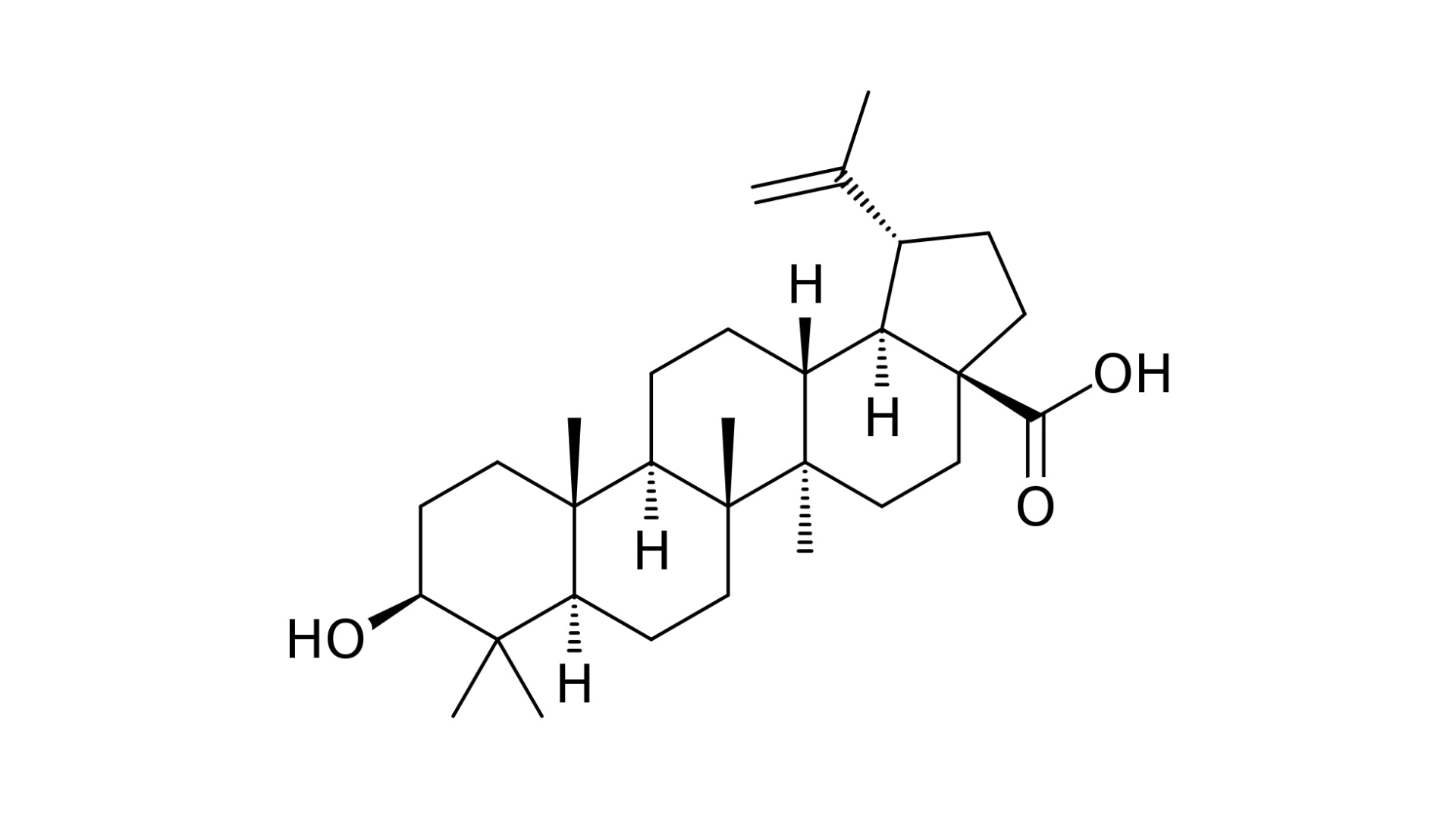Throughout this blog, we will compare the water-soluble components of Chaga (aka - Chaga tea) with the ethanol-soluble components (aka - Chaga tincture) in order to characterize the benefits of each and help you make more informed Chaga choices.
As we have discussed in the past, all chemicals follow a set of solubility rules: the structure of a chemical determines which solvents (water, alcohol, oil, etc.) it will dissolve in. This raises an important question: Which of the micronutrients present in Chaga (Inonotus obliquus) are able to be extracted through hot water, and which need to be extracted with alcohol? The following two paragraphs provide the short version of our answer to this tricky question:
-
Hot water extracts (teas) deliver high levels of melanin, polyphenols, polysaccharides, and beta-glucan. Together, these water-soluble compounds offer an array of benefits including but not limited to providing antioxidant support, supporting skin health, and providing essential vitamins, minerals, and amino acids for everyday wellness.
-
Ethanol (alcohol) extraction (a traditional tincture) delivers higher levels of triterpenes, sterols, and lignin, which make up some of Chaga’s most impressive characteristics, including supporting cellular and DNA health as well as supporting the immune system.
If you'd like to learn more about the characteristics of these micro-nutrients (trust us, you do) let's take a dive into the Chemistry of the King of Herbs!
Water-Soluble Compounds Found in Chaga
Let’s begin with water-soluble compounds in Chaga (Inonotus obliquus).
-
Polysaccharides
Polysaccharides are long-chain carbohydrate molecules made up of multiple monosaccharides linked by glycosidic bonds. Starch, chitin, beta-glucans and arabinoxylan are all examples of polysaccharides. They vary in their solubility. Polysaccharide-rich foods and mushrooms have been used for centuries for their dietary and medicinal benefits. Certain polysaccharides are known for their immune and gut supporting properties. Chaga is an excellent source for many such polysaccharides.
Beta-Glucan
A polysaccharide, beta-glucan offer a myriad of health benefits including but not limited to supporting the circulatory and cardiovascular systems as well as providing support for healthy immune function. The human immune system falsely perceives Beta-Glucans as foreign invaders, consequently releasing an array of immune stimulating cytokines and protective compounds. Preliminary research shows Beta-Glucans' ability to support immune function by activating complement systems, enhancing macrophages, as well as enhancing the production and efficacy of natural killer cells (T-cells).
Arabinoxylan
Another polysaccharide present in Chaga is Arabinoxylan. A major component of dietary fiber, arabinoxylan is understood to offer a variety of health benefits. These benefits include immune support as well as supporting gut and digestive health (1).

-
Fungal Melanins
Often overlooked is the fact that 24% of wild Chaga’s mass is composed of fungal melanins. Melanins are a class of pigments produced by all living organisms, but for fungi, melanin acts as fungal armor. So it is unsurprising that melanin is also present in the hair, skin, and eyes of humans. Melanin in Chaga is an anomaly in that it is water soluble in Chaga’s natural state. This is almost never the case for synthetic or isolated melanin derived from other sources. In humans, melanin can be credited for maintaining the pigment and quality of our skin and hair as well as being our first biological defense against the sun's harmful rays. Melanin is what makes Chaga (and Chaga tea) black. Many of the immune supporting properties associated with aqueous extracts of Inonotus obliquus can be attributed to melanin and a melanin-glucan complex.

-
Phenolic Compounds
Phenolic Compounds (also known as polyphenols) are a large group of naturally occurring organic compounds characterized by multiple phenol units. Though most phenolic compounds are readily extracted in both ethanol and water, they tend to be more efficiently extracted with water and thus they will be included under the water soluble section. In vitro, many polyphenols are considered antioxidants. It should be noted that Chaga’s outlandish concentration of antioxidants can be mainly attributed to its phenolic compounds.

-
Essential Amino Acids, Vitamins and Minerals
Essential amino acids are amino acids that cannot be synthesized from scratch by the organism fast enough to supply its demand, and must therefore come from the diet. There are nine essential amino acids. They include isoleucine, leucine, lysine, histidine, methionine, phenylalanine, threonine, tryptophan, and valine. Of the nine just listed, eight of these essential amino acids are present in Chaga; the exception being isoleucine.
Alcohol Soluble Compounds Found in Chaga
Next, let’s explore some of Chaga’s alcohol soluble compounds.
-
Triterpenoids
Triterpenoids are a class of chemicals composed of three terpene units. Triterpenoids show low solubility in water, and are more efficiently extracted with ethanol. Triterpenes are often precursors to other, more complex chemicals such as sterols.
Betulin and Betulinic acid
Betulin is a naturally occurring triterpene, while betulinic acid is a chemical derivative, having had its alcohol group replaced with a carboxylic acid. Betulinic acid is known to be more biologically active. Both are present in birch trees, and both are concentrated in Inonotus obliquus. By now it should come as no surprise that this virulent fungus can also readily convert Betulin into biologically superior Betulinic acid.
Betulinic acid is known for it's immune supporting properties. Betulinic acid has even been shown to exhibit antimalarial properties in vitro by inhibition of topoisomerase.

-
Sterols
Sterols are inherently linked to triterpenes as most are the product of a chemical reaction that involves a triterpene. Inotodiol, lanosterol, and ergosterol peroxide are all sterols that have been isolated from Chaga.
Inontodiol
Inotodiol is a tetracyclic triterpene/sterol that supports healthy cell division and more. Inotodiol has therapeutic effects on food allergies due to its mast cell stabilizing activity. Inotodiol also has antiproliferative properties, demonstrated in vitro with human lung adenocarcinoma cells.
Perhaps this is because Inotodiol from Chaga induces atypical maturation in dendritic cells. Dendritic cells are antigen-presenting cells of the mammalian immune system. Their main function is to process antigen material and present it on the cell surface to the T cells of the immune system; they are messengers between the innate and the adaptive immune systems.
Lanosterol
Lanosterol is a tetracyclic triterpenoid and is the compound from which all animal and fungal steroids are derived; the precursor of human cholesterol. One of the ways sterols help promote wellness in the body is by reducing the amount of cholesterol absorbed by it.
Ergosterol peroxide
Ergosterol peroxide is useful in supporting a healthy function of the immune system and healthy cell division.
-
Lignin
Lignin is a complex organic polymer deposited in the cell walls of many plants. Besides cellulose and chitin, lignin is the most abundant polymer in nature. Lignin is soluble in both water and ethanol, but studies have quantified nearly double concentrations in ethanol extracts compared to water extracts. Lanosterol benefits the human body by supporting the immune system.

We Don't Know Everything
There is a lot to be said about Chaga’s bioactive constituents. Perhaps the most important thing to be said is that there is still so much to be learned about Inonotus obliquus. Another important factor to consider is that temperature can play an important role in many of these compounds' solubility.
While certain compounds may readily dissolve regardless of temperature, some will only be drawn out from Chaga’s cell walls under higher temperatures. It is also possible that excessive heat could destroy or break down some of these constituents.
What We Do Know
These are not random combinations of independent mechanisms. Being a parasite to living Birch trees, the way that Chaga heals and protects itself from the tree’s immune response is cohesive, systematic and interdependent. We should acknowledge that there is absolute overlap of certain benefits regardless of solubility status.
Proper preparation of this extract, however, is critical. Too much ethanol will precipitate polysaccharides out of the solution. Birch Boys Chaga Tinctures are prepared by first performing a hot water extraction of Chaga in distilled water. We then take the Chaga (post-hot water brew) and soak it in ethanol for 6 weeks. At the end of this soak we heat the Chaga while still soaking in alcohol to get a final pull of its compounds before straining the Chaga away.
Finally, we combine 1 part of the ethanol extract to 3.5 parts of the hot water extract. By keeping the alcohol concentration of the final extract at about 22%, we strive to produce a product that maximizes this synergy while mitigating precipitation of important polysaccharides. We heat both of our solvents, but we never let either of them come to a boil.
We make no guarantees with regard to the concentration of these compounds and the presence of their associated benefits. What we do guarantee: We choose premium specimens of wild, North American Chaga and have used all of the information within our grasp to design an effective extraction procedure that strives to accomplish maximum synergy of healing benefits.
The King of Herbs runs a mean, green, healing machine. We hope this blog has painted a better picture of how it works.
Comment if you enjoyed this blog or have any questions / contributions, and consider sharing the link to this webpage with a fungi-loving friend. Mush love, keep Chaga'n on :-)
Disclaimer: These statements have not been approved by the FDA. Birch Boys products are not intended to diagnose, treat, cure, or prevent any disease or illness.
About The Author
Garrett Kopp is the 25 year old Chaga visionary and founder of Birch Boys, Inc., a company well-known for its assortment of teas, tinctures, and extracts from healing wild fungi. Kopp grew up in the Adirondack Mountains, where he naturally developed a broad passion for the wild northern forests of New York. He began to specialize and narrow this passion toward Chaga after a freak accident where he helped himself to a cup of what appeared to be iced tea in his Grandmother’s refrigerator, who had started harvesting Chaga and brewing it on her own amidst a battle with stage 4 pancreatic cancer. Soon thereafter, Kopp and his grandmother expanded their Chaga harvesting activities to local farmer's markets, where they discovered significant demand for the fungus and its powerful ability to help everyday people.
These entrepreneurial efforts landed Kopp acceptance into Clarkson University’s early entrance program, the Clarkson School, where he studied Engineering & Management and Innovation & Entrepreneurship. Several years and hundreds of research hours later, Kopp returned to his hometown. Having shipped to over 20,0000 individuals throughout all 50 states, Birch Boys has organically grown into a nationally recognized online brand . Kopp is proud to have built a vertically integrated supply chain, sustainably sourcing the fruits of tree-borne fungi from over 220,000 leased acres of leased private land in the Adirondack park, where it is carefully harvested by hand before being dried, processed, and extracted with love, at his fungi factory in none other than Tupper Lake, NY.




Comments (11)
excellent , well informed, thanks. love and blessings to the entire staff. poochie